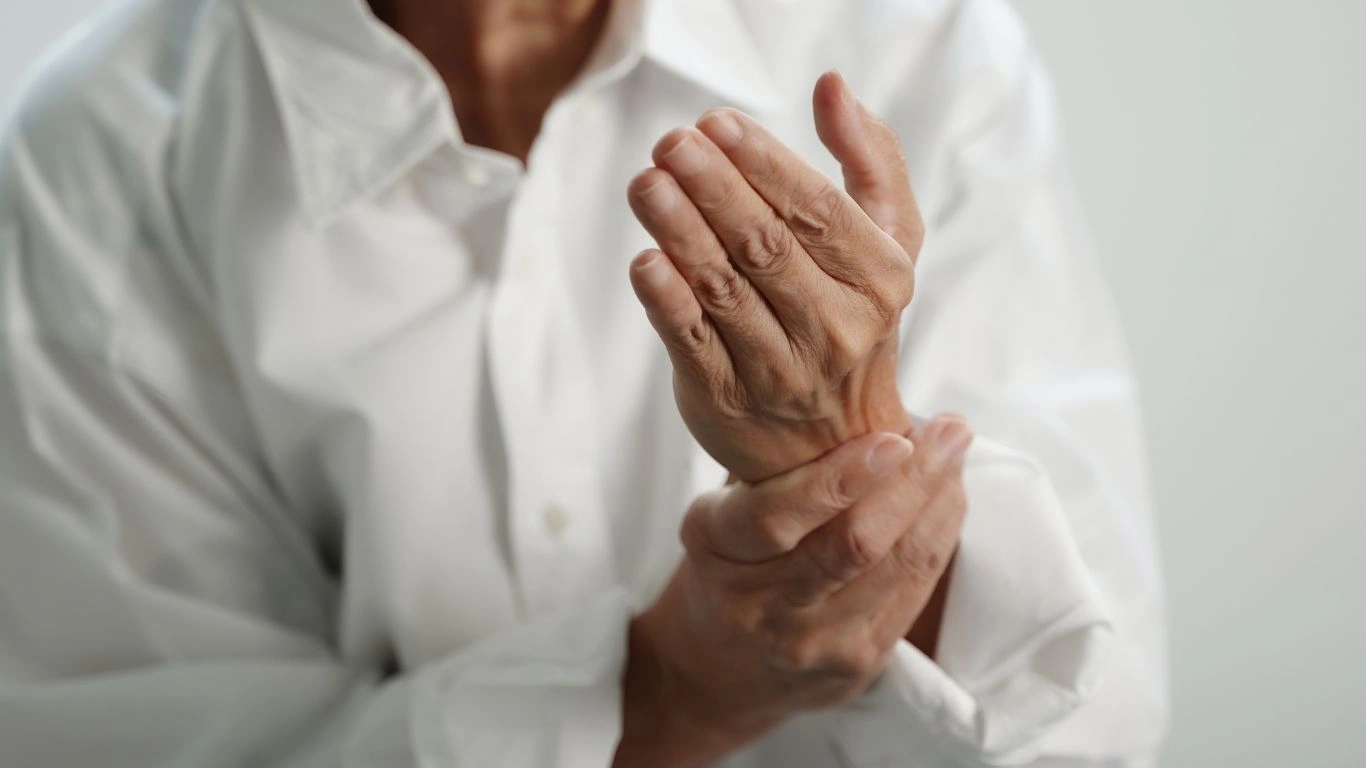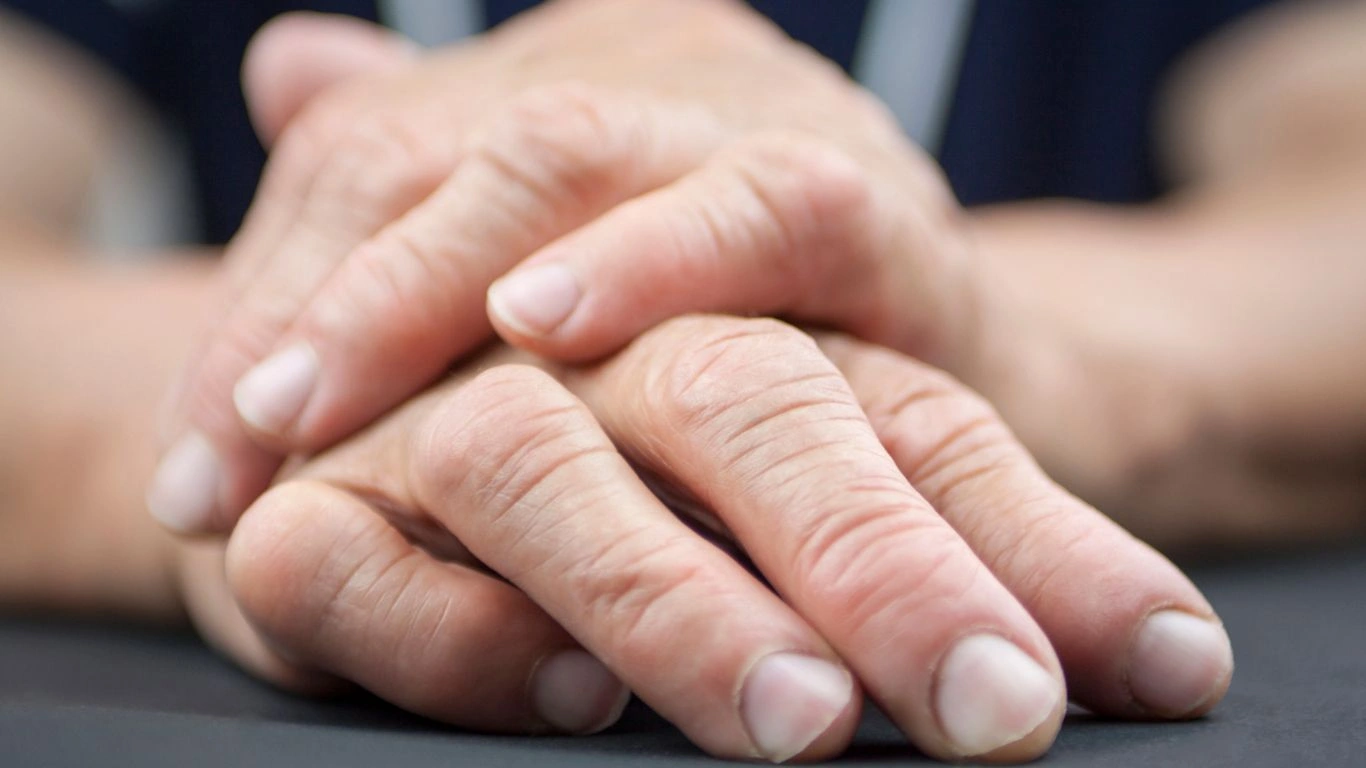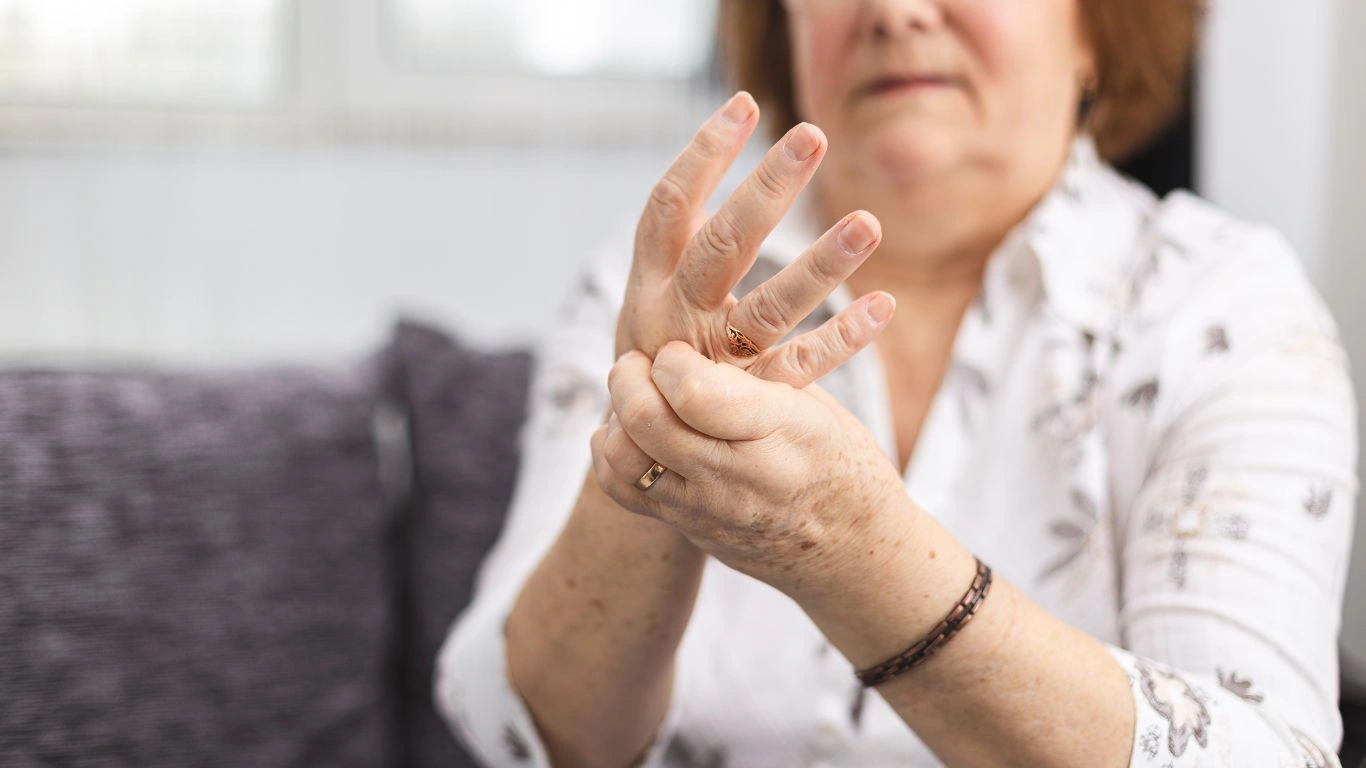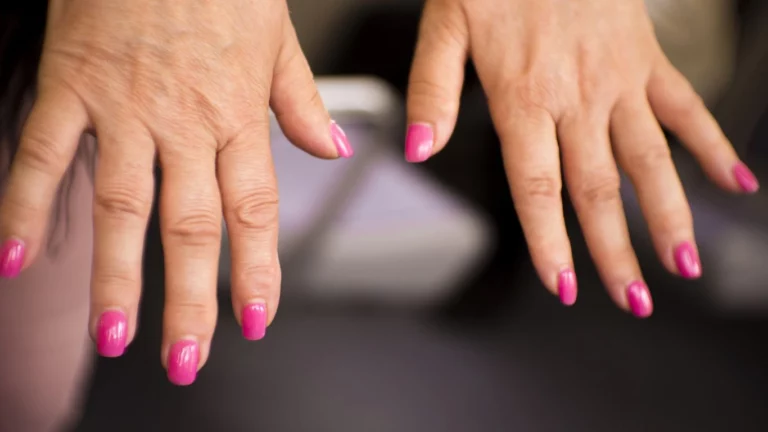Rheumatoid Arthritis and Stress Relief Methods: How to Find Balance
Dealing with rheumatoid arthritis (RA) can be tough, but did you know that stress can make it even harder to manage? Here’s a guide to understanding the connection between stress and RA and some methods to help you relax and relieve tension!
 If you’re living with rheumatoid arthritis (RA), you probably already know that it’s a chronic condition that affects your joints, leading to pain, swelling, and sometimes stiffness. But what you might not realize is how much stress can worsen your symptoms. It’s like a vicious cycle – stress triggers inflammation, and inflammation makes the pain worse. Sounds like a tough combo, right? But don’t worry, we’ve got some tips to help you break that cycle and manage both your arthritis and stress in healthier ways. Let’s talk about stress relief methods for RA, and how you can get a little peace of mind.
If you’re living with rheumatoid arthritis (RA), you probably already know that it’s a chronic condition that affects your joints, leading to pain, swelling, and sometimes stiffness. But what you might not realize is how much stress can worsen your symptoms. It’s like a vicious cycle – stress triggers inflammation, and inflammation makes the pain worse. Sounds like a tough combo, right? But don’t worry, we’ve got some tips to help you break that cycle and manage both your arthritis and stress in healthier ways. Let’s talk about stress relief methods for RA, and how you can get a little peace of mind.
Understanding the Link Between Stress and Rheumatoid Arthritis
 Before diving into stress relief techniques, it’s important to understand how stress impacts rheumatoid arthritis. Stress can trigger a response in the body that leads to inflammation, which is one of the main culprits behind RA symptoms. So, when you’re stressed, your body produces chemicals that make your immune system attack your joints more aggressively. It’s like your body’s way of saying, “Hey, I’m under pressure!” and unfortunately, it adds more fuel to the fire of RA. Now that you know the science behind it, let’s dive into some effective ways to reduce stress while dealing with RA.
Before diving into stress relief techniques, it’s important to understand how stress impacts rheumatoid arthritis. Stress can trigger a response in the body that leads to inflammation, which is one of the main culprits behind RA symptoms. So, when you’re stressed, your body produces chemicals that make your immune system attack your joints more aggressively. It’s like your body’s way of saying, “Hey, I’m under pressure!” and unfortunately, it adds more fuel to the fire of RA. Now that you know the science behind it, let’s dive into some effective ways to reduce stress while dealing with RA.
1. Mindfulness and Meditation: A Simple Way to Manage Stress
Meditation is one of the best stress relief methods when it comes to chronic conditions like rheumatoid arthritis. By focusing on your breath or a peaceful thought, you can calm your mind and ease the physical tension in your body. You don’t need to be an expert – even just 5-10 minutes a day can make a big difference. Personally, I love using guided meditation apps. They have short sessions specifically designed for people dealing with chronic pain, which can really help you reset. If you’re new to meditation, start with short sessions, and gradually work your way up.
2. Gentle Movement: Stretching and Yoga
I know, RA can make movement feel like a chore, but gentle exercises like yoga and stretching can do wonders for both stress relief and joint health. Yoga helps with flexibility, and the slow, deep breathing involved also helps reduce stress levels. One of the best things about yoga for RA is that you can modify poses to fit your comfort level. You don’t have to get into all the crazy pretzel-like positions to feel the benefits. If yoga sounds too intense, even just stretching your arms, legs, and neck for a few minutes each day can release muscle tension and promote relaxation. A little movement every day – even if it’s just a few stretches – can make you feel more in control of your body and reduce stress.
3. Deep Breathing: A Quick Fix for Stress
When you feel stress creeping in, take a few deep breaths. It sounds simple, but deep breathing triggers the parasympathetic nervous system, which helps your body calm down. So next time you’re feeling overwhelmed by RA pain or just life in general, try the 4-7-8 breathing technique: inhale for 4 seconds, hold your breath for 7 seconds, and exhale slowly for 8 seconds. This method is quick and easy, and it can be done anywhere – whether you’re at home, in the car, or even at work.
4. Hot or Cold Therapy: A Relaxing Way to Ease RA Pain
When stress and pain hit at the same time, hot or cold therapy can be your best friend. Heat helps relax muscles and soothe stiff joints, while cold can reduce inflammation and numb pain. A warm bath, heating pad, or even a warm towel around your joints can provide instant relief. On the flip side, ice packs or cold compresses are great for reducing swelling and numbing discomfort. This is a personal favorite of mine. After a long day, I love using a heated blanket while I relax with a cup of tea – it’s both soothing for my body and helps calm my mind.
5. Get Enough Sleep: Stress Relief Starts with Rest
It’s no secret that lack of sleep can heighten stress levels, and poor sleep can also make RA pain feel worse. Prioritize your sleep and make sure you’re getting enough rest every night. This will help keep your stress levels in check and promote better overall health. Try to develop a bedtime routine that calms your body and mind before sleep. A warm bath, some light reading, or even listening to calming music can set the mood for a restful night.
6. Talk It Out: Social Support Matters
It might not sound like a “stress relief method,” but talking to someone – whether it’s a friend, family member, or therapist – can work wonders. When you’re living with RA, it’s easy to feel isolated or misunderstood. But opening up about your struggles can help reduce stress and give you emotional relief. I’ve personally found that joining online support groups can help too. Just knowing that other people are going through similar experiences can make a huge difference.
7. Nutrition and Hydration: Feed Your Body Right
What you eat plays a role in both stress and rheumatoid arthritis. A balanced diet that includes anti-inflammatory foods (like omega-3 rich fish, fruits, veggies, and whole grains) can help reduce inflammation in your body and, in turn, reduce stress. Plus, staying hydrated helps keep everything functioning properly, from your joints to your stress levels. Try to avoid processed foods, too, as they can trigger inflammation and stress your body further.
8. Laughter: The Best Medicine
Never underestimate the power of a good laugh. Laughter can lower stress hormones and boost your mood, so try to find something that makes you smile every day. Watch a funny video, listen to a comedy podcast, or just chat with a friend who knows how to make you laugh. It’s a simple and effective way to manage stress and improve your RA symptoms.
Conclusion
Living with rheumatoid arthritis isn’t easy, but managing stress is one key to feeling better. By practicing stress relief methods like mindfulness, gentle exercise, and maintaining a balanced lifestyle, you can take control of your RA and improve your overall well-being. Don’t forget: It’s important to talk to your healthcare provider before trying any new stress relief techniques or making changes to your routine. Everyone’s journey with RA is unique, and what works for one person might not work for another.
Appendices
FAQs
Here are some frequently asked questions about rheumatoid arthritis and stress relief:
- Can stress make rheumatoid arthritis worse? Yes, stress can trigger inflammation in the body, making RA symptoms worse. It’s essential to manage stress to help reduce flare-ups.
- Is yoga safe for people with rheumatoid arthritis? Yes! Gentle yoga is great for improving flexibility and reducing stress. Just be sure to modify poses if needed to suit your body.
- How can I manage RA stress without medication? Deep breathing, meditation, and exercise are all excellent ways to reduce stress naturally without relying on medication.
- What’s the best diet for managing rheumatoid arthritis? A diet rich in anti-inflammatory foods like fatty fish, leafy greens, and nuts can help manage RA symptoms and reduce stress.
- How much sleep do I need if I have rheumatoid arthritis? Aim for at least 7-9 hours of sleep each night to help reduce stress and manage your RA symptoms more effectively.
References
For more information on rheumatoid arthritis and stress management, check out these resources:
- National Institute of Arthritis and Musculoskeletal and Skin Diseases. (2024). Managing Stress with RA. Read Article
- American College of Rheumatology. (2024). Rheumatoid Arthritis Treatment and Self-Care Tips. Read Article
- Smith, M., & Jones, T. (2023). Stress Management Techniques for Arthritis Patients. Journal of Rheumatology, 35(3), 150-160. Read Article
Disclaimer
Disclaimer: The information provided in this article is for educational purposes only and is not intended to substitute professional medical advice. Always consult with your healthcare provider before making any changes to your treatment plan or lifestyle. Individual needs may vary, and professional guidance is crucial for personalized care.

Tarra Nugroho is a dedicated Nurse Practitioner with a strong foundation in family and preventive care. She brings both compassion and clinical expertise to her practice, focusing on patient-centered care and health education. As a contributor to Healthusias.com, Tarra translates medical knowledge into clear, empowering articles on topics like women’s health, chronic disease management, and lifestyle medicine. Her mission is simple: help people feel seen, heard, and informed—both in the clinic and through the content she creates. When she’s not caring for patients, Tarra enjoys weekend hikes, plant-based cooking, and curling up with a good health podcast.






